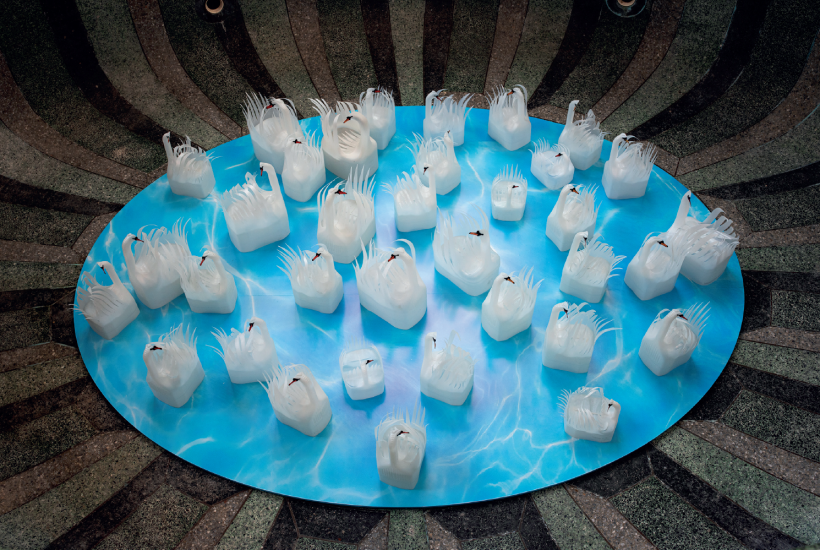‘I was really angry at this fly,’ the artist Madelon Vriesendorp explains with a grin as I hold out my hand to shake hers, which is in a splint. ‘I jumped onto the bed to swat it, fell over and broke my wrist.’ Vriesendorp is showing me around her latest exhibition, which follows a long list of achievements: she co-founded the ground-breaking architectural practice OMA, and her illustrations of architectural theory defined its visual language for a generation.
Already a subscriber? Log in
Subscribe for just $2 a week
Try a month of The Spectator Australia absolutely free and without commitment. Not only that but – if you choose to continue – you’ll pay just $2 a week for your first year.
- Unlimited access to spectator.com.au and app
- The weekly edition on the Spectator Australia app
- Spectator podcasts and newsletters
- Full access to spectator.co.uk
Or
Unlock this article
You might disagree with half of it, but you’ll enjoy reading all of it. Try your first month for free, then just $2 a week for the remainder of your first year.








Comments
Don't miss out
Join the conversation with other Spectator Australia readers. Subscribe to leave a comment.
SUBSCRIBEAlready a subscriber? Log in